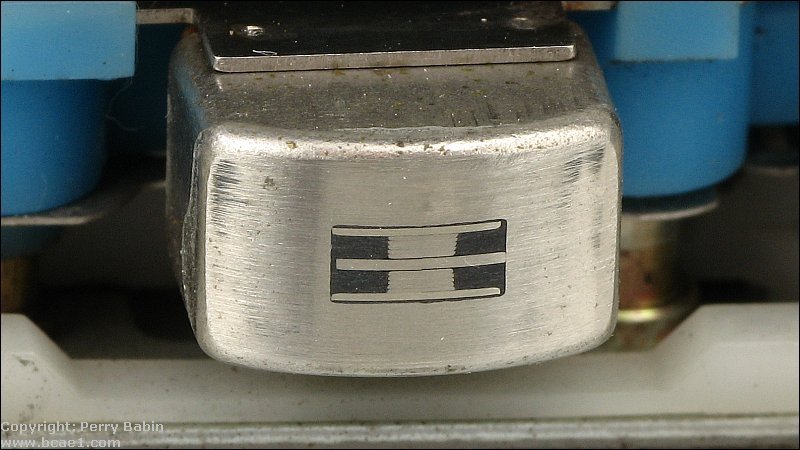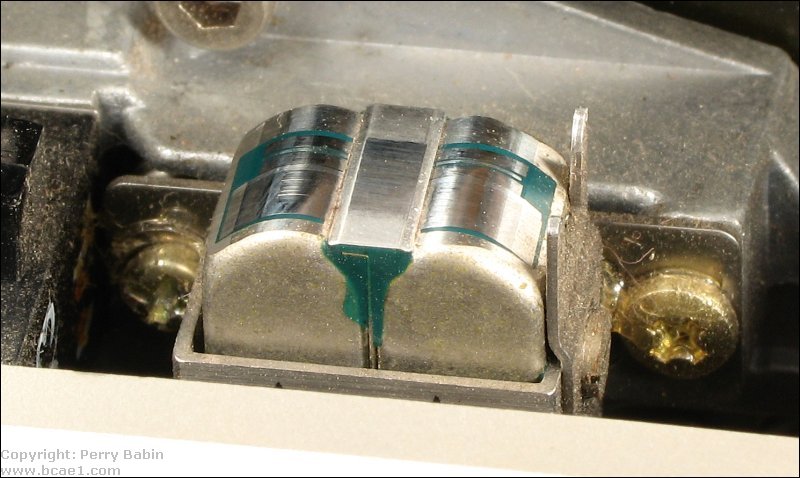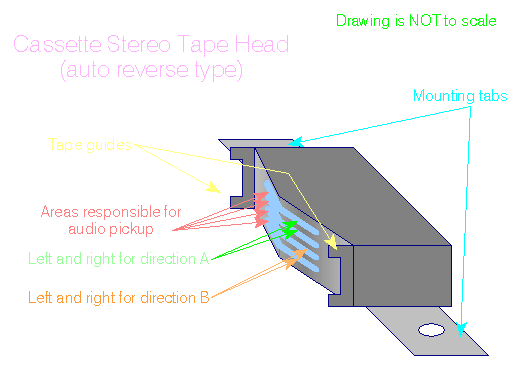
|
| Email Home Page |
|
|

|
| Email Home Page |
|
|
|
The cassette tape head is the part of the tape transport mechanism that's responsible for 'reading' the information off of the magnetic tape. 'Reading' may be a bit misleading. It's not like a laser pickup in an optical media device (CD/DVD/Blu-ray...). The audio is stored as varied levels of magnetic density on the particles of magnetic material on the surface of the tape. The 'head' in cassette tape player converts the fluctuations in the magnetic field (on the tape) into an electrical A.C. waveform. The output is at a VERY low voltage. A preamp equalizer is the first circuit after the head. This is not the type of equalizer that you'd have in or under your head unit. It's a specialized preamp that changes the level of various parts of the audio spectrum to allow the tape player to produce a relatively flat frequency response. If a sine wave sweep (from 20-20,000hertz) was accurately recorded onto a cassette tape, the audio head would not be able to accurately reproduce the correct voltage level across the sweep of frequencies (especially at the lower frequencies). The equalizer circuit is employed to 'flatten' the response of the audio output and therefore produce a more accurate output. The same thing is true for magnetic cartridges for playback of vinyl LPs*. The following image is the playback head from a budget cassette player. This is as simple as a stereo tape head gets. This head doesn't even have a tape guide.
 This next head is a bit more complex. Cassette machines that can record have at least two heads. The first head erases the tape just before the second head records the new material. For a machine with only two heads, you have to record the material, rewind it and then play it to know how the recording sounds. For 3-head decks, the playback head is just after the record head. This allows you to listen to the tape as it's being recorded (with a fraction of a second delay) so that you can adjust the levels or other settings to get the best possible recording. This head is from a 3-head deck (Pioneer CT-F800).

Multi-Channel Playback:
 The tape guides keep the tape properly positioned over the head.The mounting tabs are obviously used for mounting the head. Sometimes the mounting system will include a spring under the head. When there is a spring under the head, the mounting screws will also be used to align the tape head azimuth. Many car tape transports are made of stamped steel parts which may have a significant amount of variation from one piece to another. The azimuth adjustment is required to make sure the head is properly aligned with the tracks on the tape. |

|

|
|

|